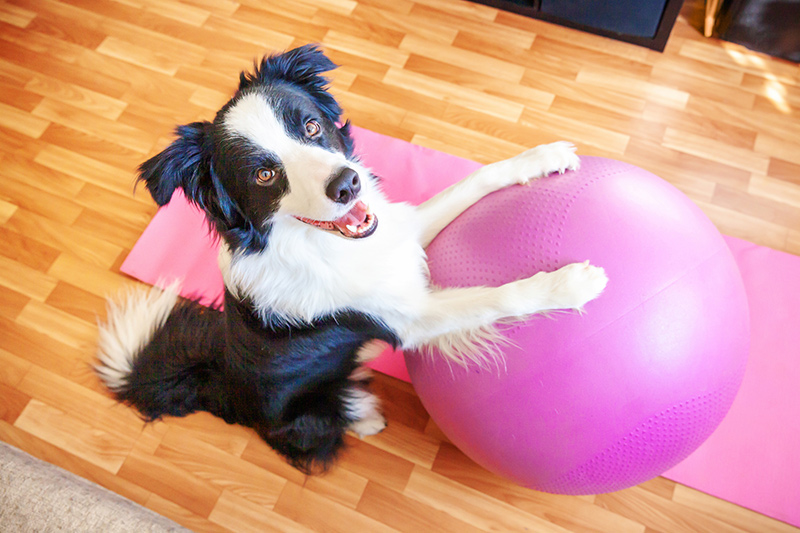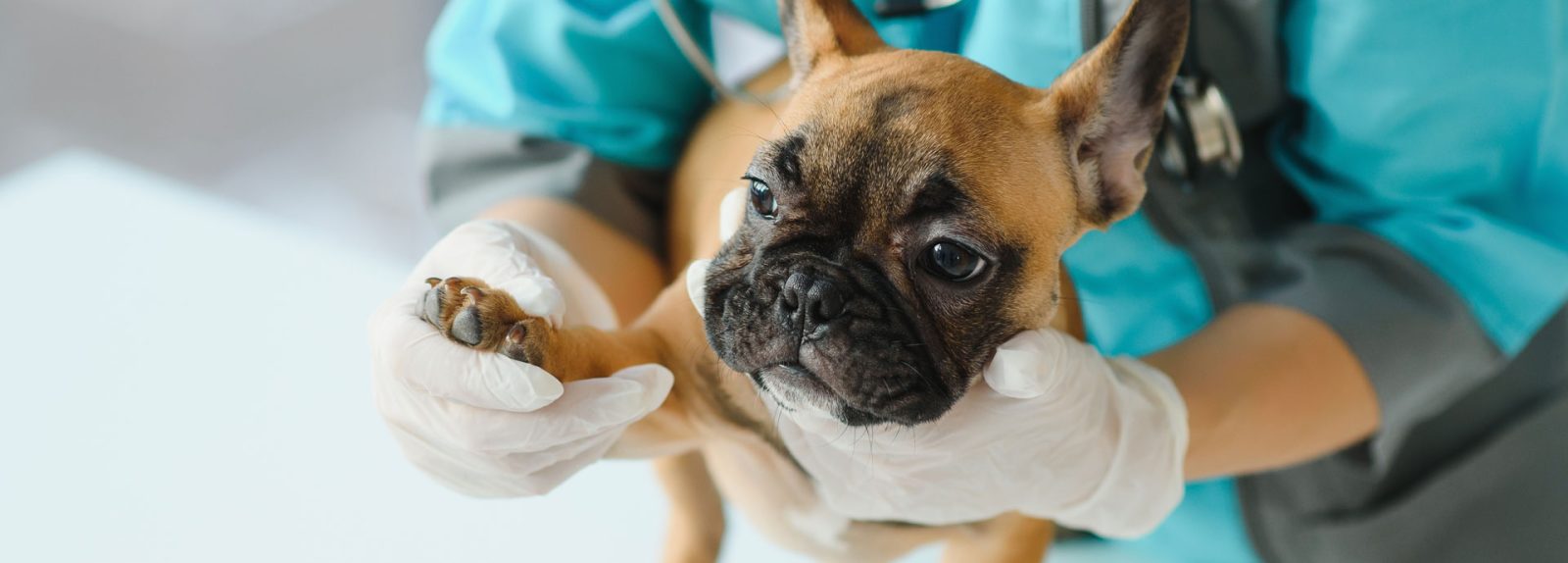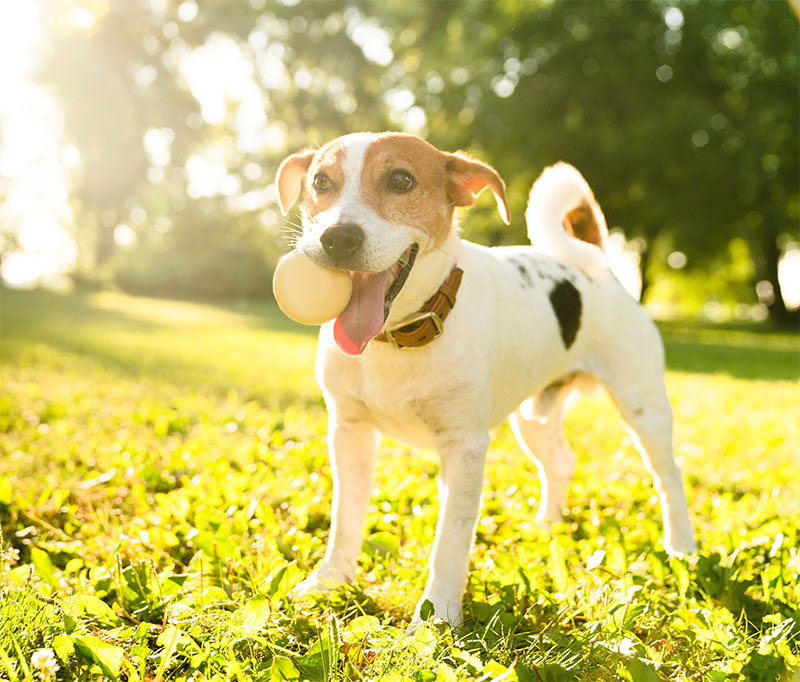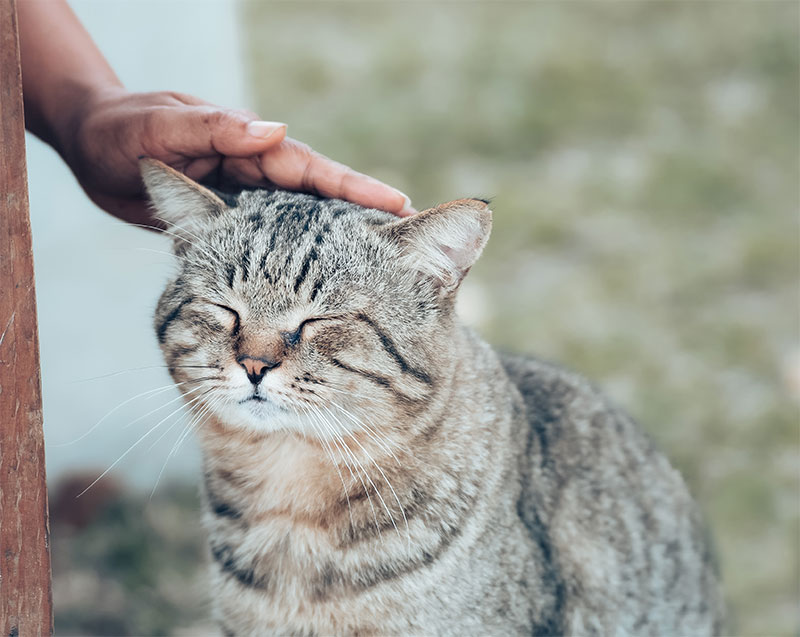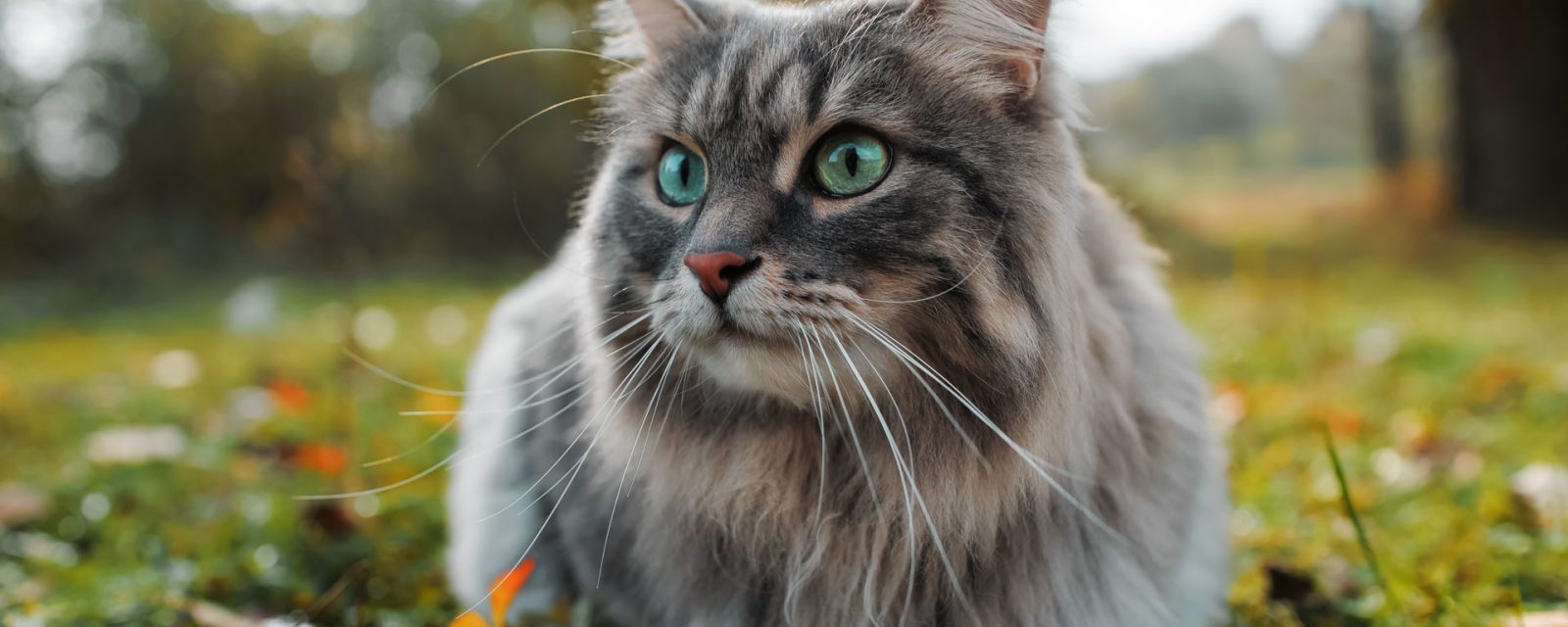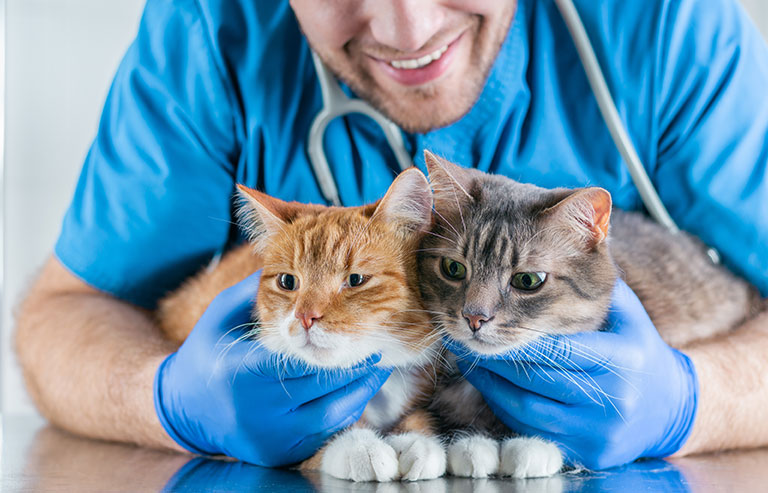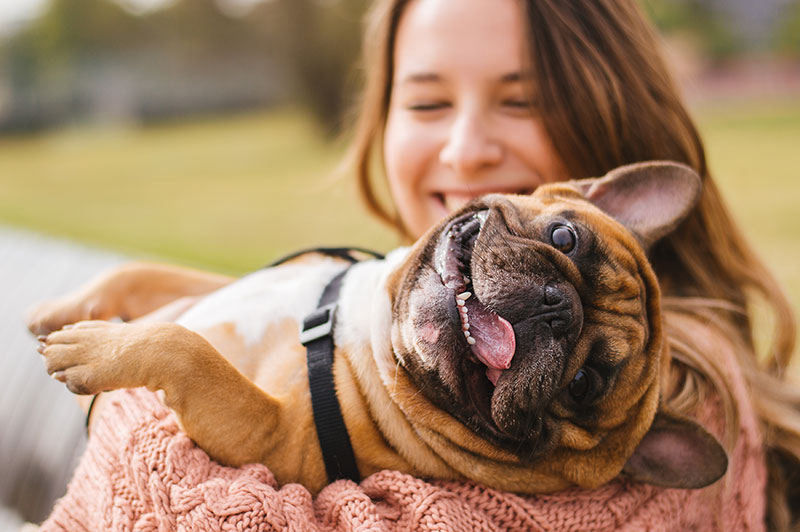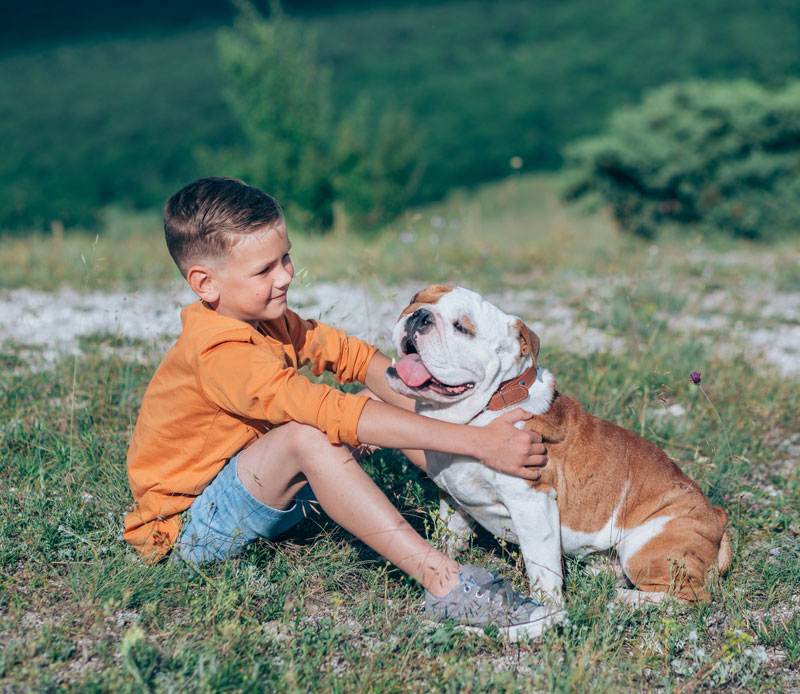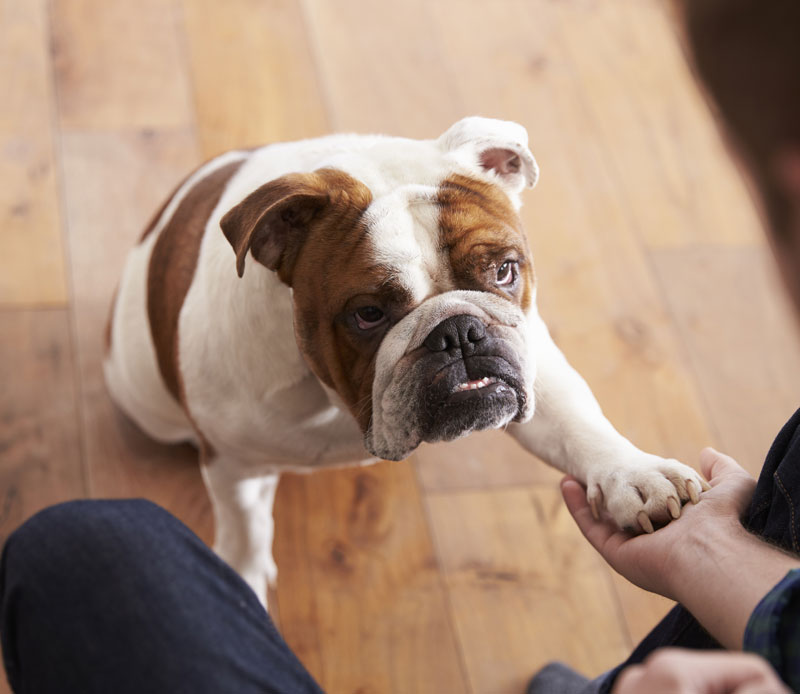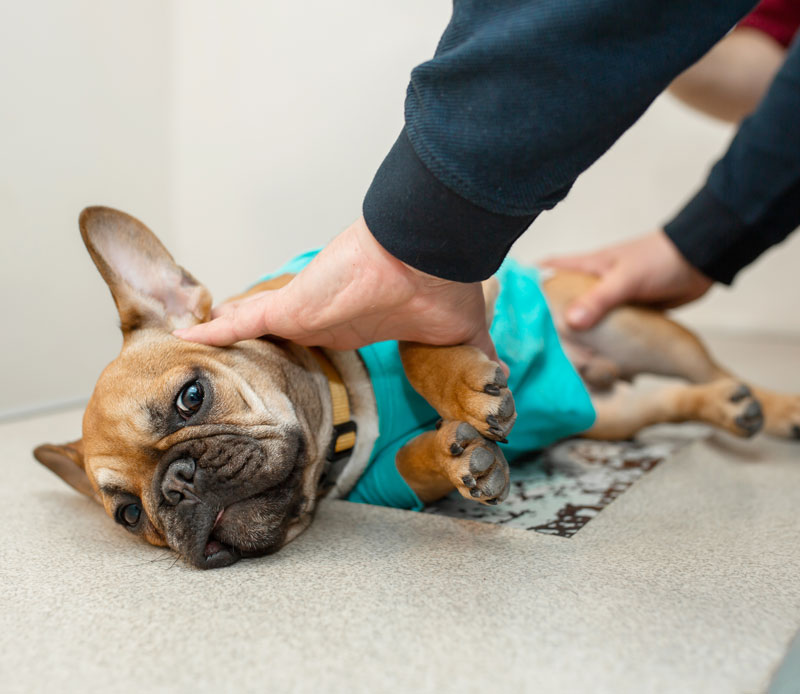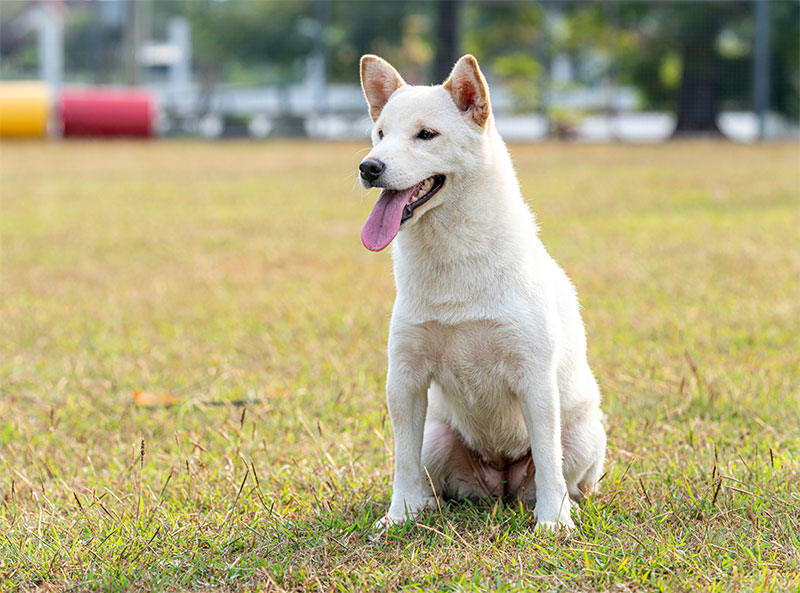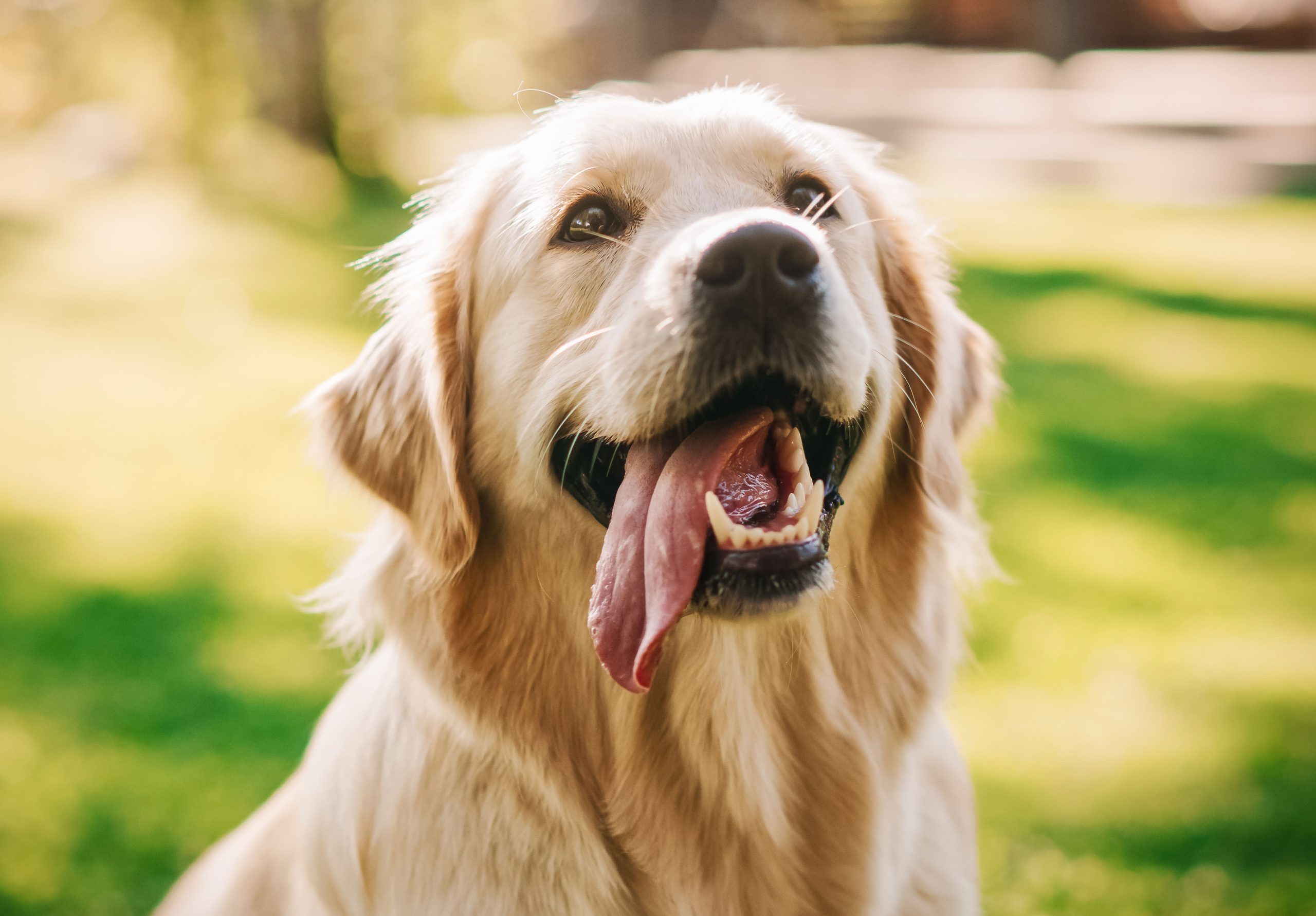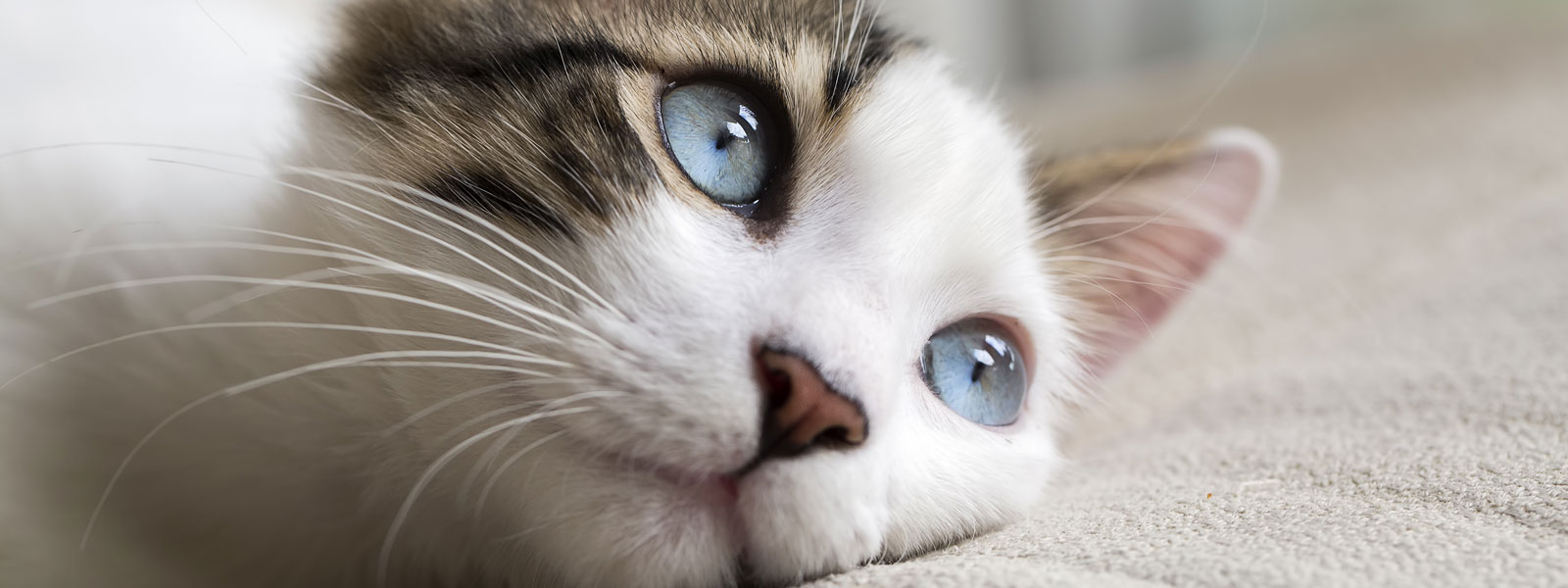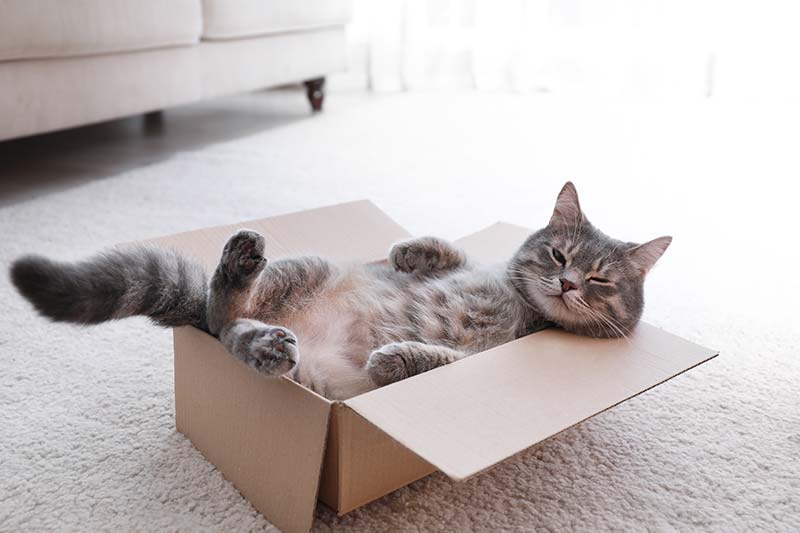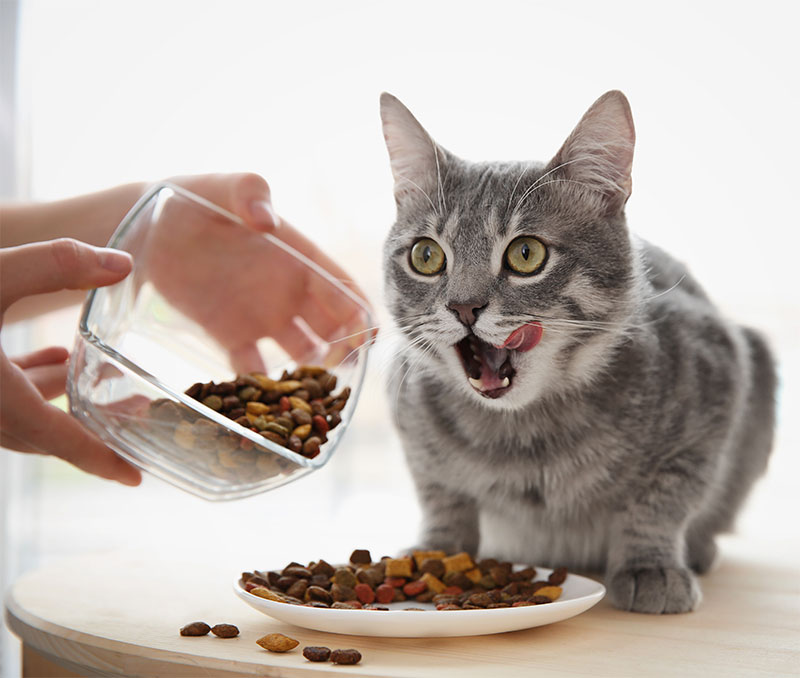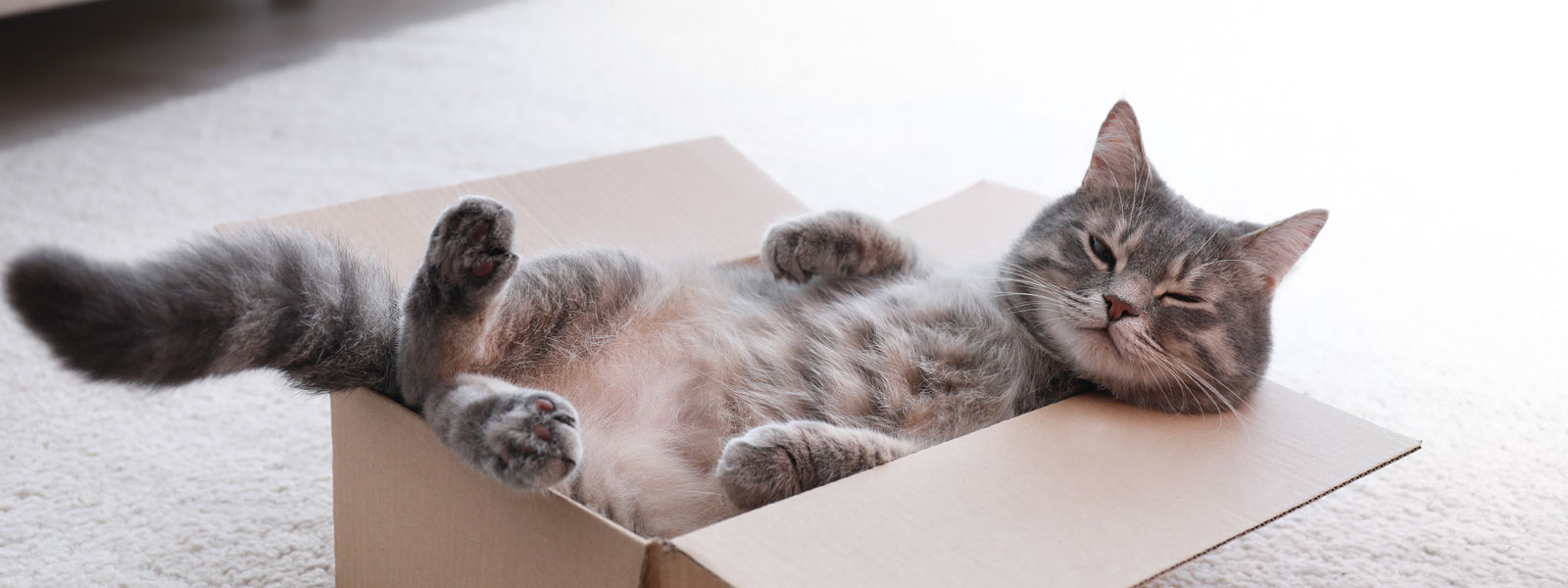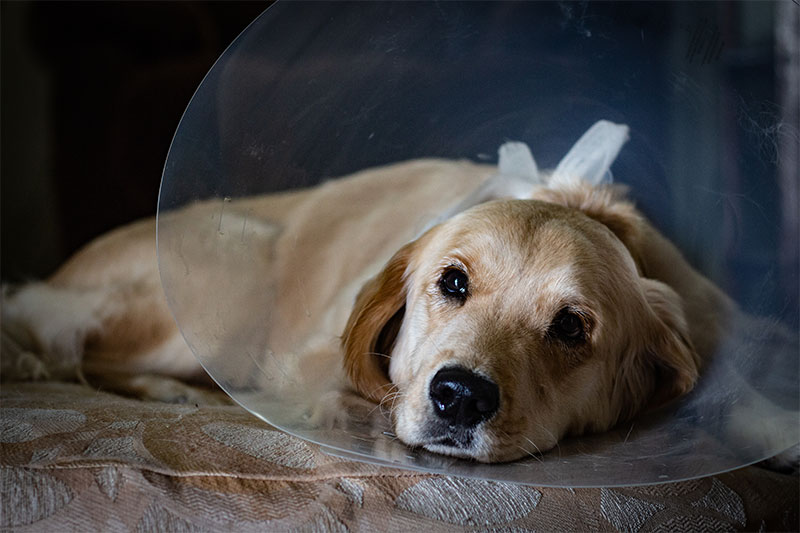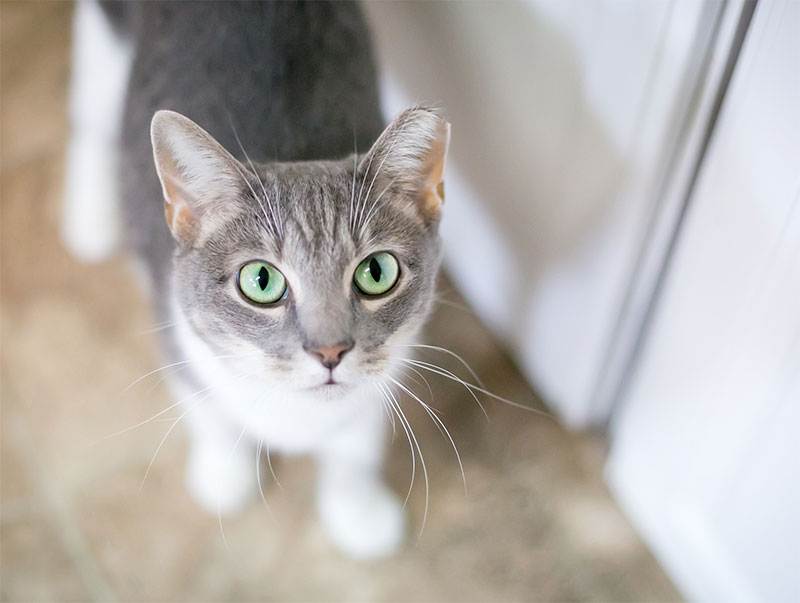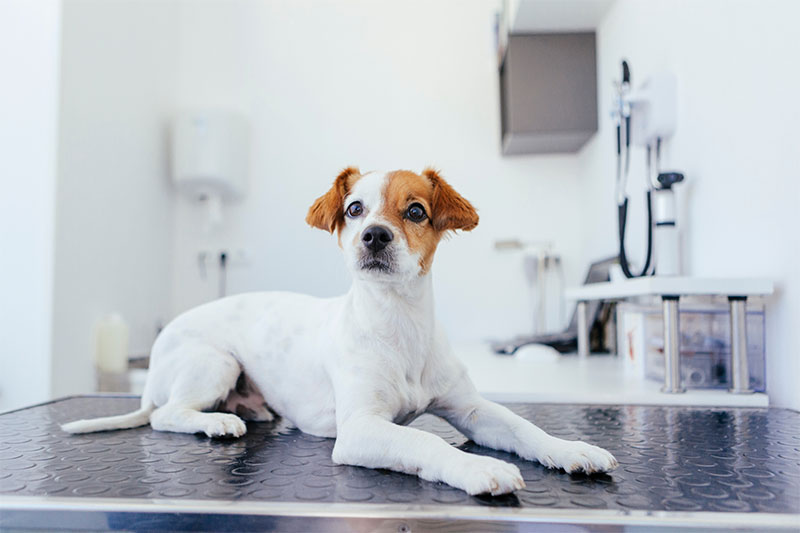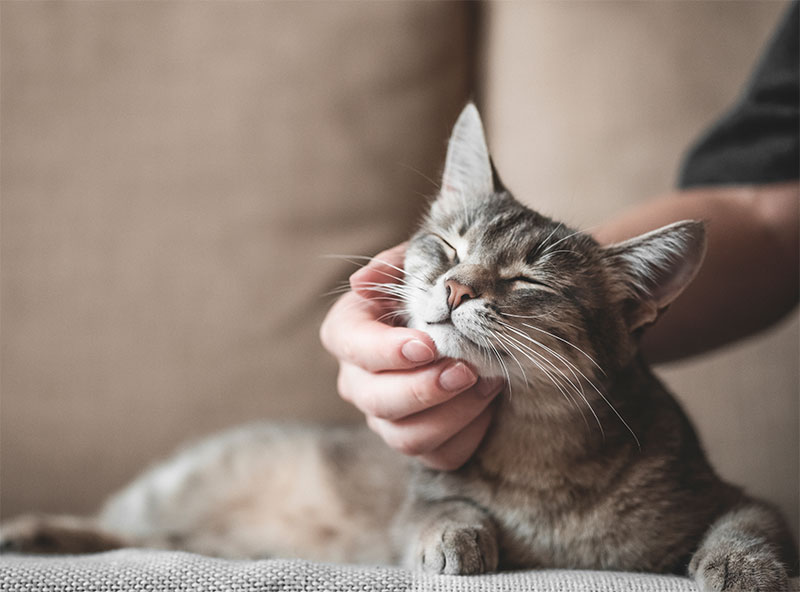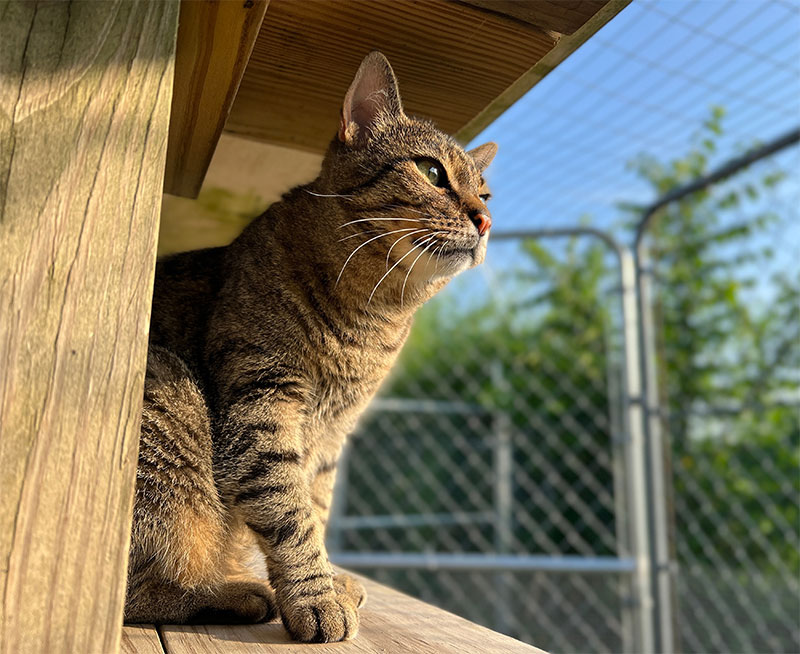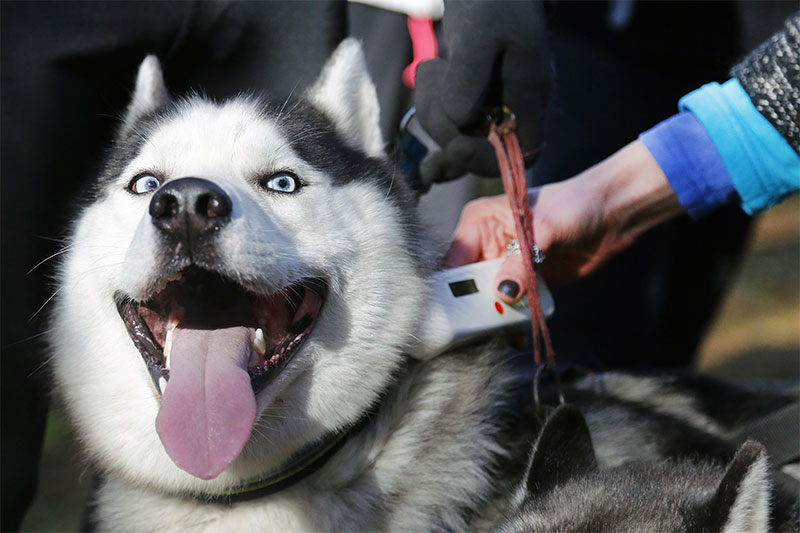
Paws in Motion: The Importance of Exercise for Your Pet
As pet owners, we all strive to provide the best care for our beloved companions, ensuring their happiness, health, and longevity. Alongside a balanced diet and regular veterinary check-ups, exercise plays a vital role in maintaining their overall well-being. Just like humans, pets need to stay active to prevent health problems and lead a fulfilling life. In this blog, we’ll explore the significance of exercise for our furry friends and highlight five engaging summer activities to keep them fit, healthy, and safe.
Proactive Pet Care: The Power of Exercise
Proactive pet care encompasses various aspects of health, and exercise ranks high among them. Regular physical activity offers numerous benefits to our pets, including:
- Weight management & Cardiovascular health
- Reduced risk of common health issues such as: diabetes, heart disease, and joint problems
- Mental stimulation
- Improved behavior
- Stronger bond with owner
Exercise is an essential aspect of pet care that promotes good health and a fulfilling life for our furry companions. By incorporating safe and effective summer activities that cater to their individual needs, we can ensure our pets lead happy, healthy lives.
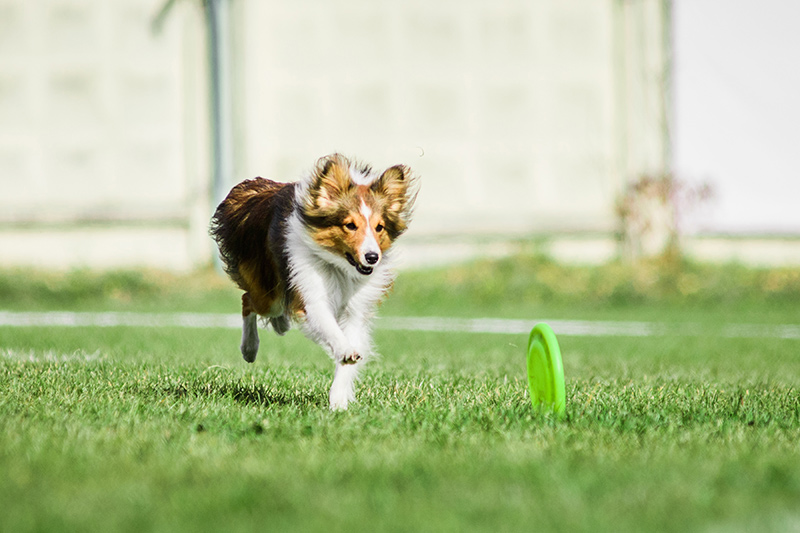
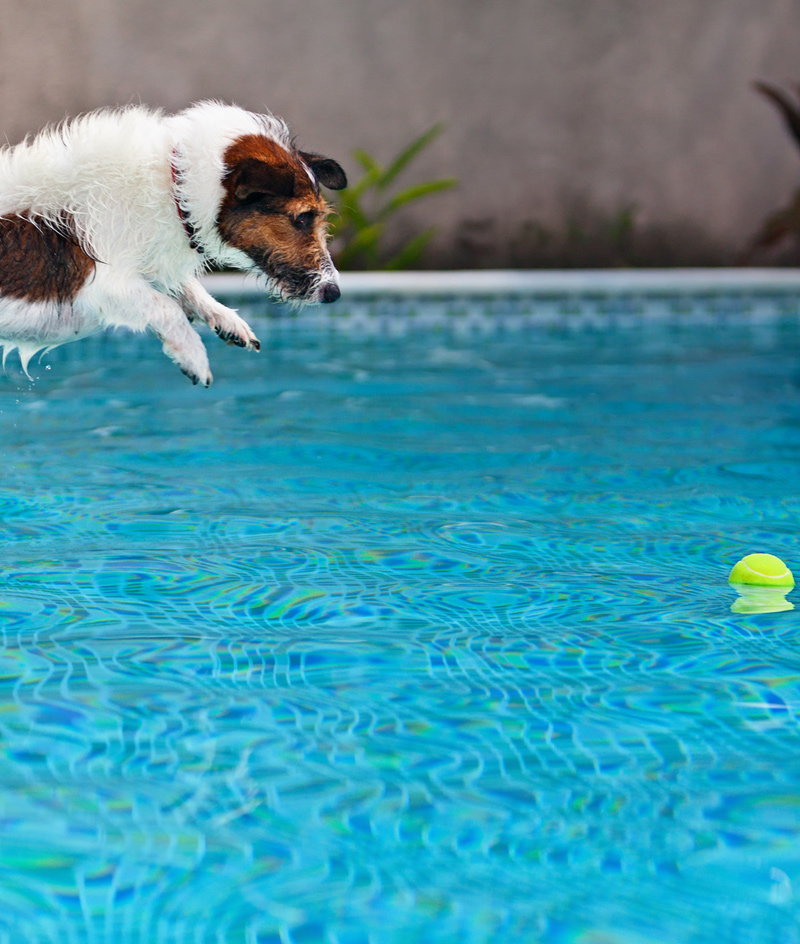
Five Activities to Keep Your Pets Healthy & Active in the Summer Heat
1. Splash into Joy: Swimming is an excellent low-impact exercise that provides a full-body workout, strengthens muscles, and isn’t too hard on the joints. Remember to choose a pet-friendly beach or pool and keep an eye out for any signs of fatigue or overheating.
2. Fetching Fun: Playing fetch with a frisbee, ball, or favorite toy engages your pet’s natural instincts and provides an excellent cardiovascular workout. Make sure to choose the right time of day to avoid scorching temperatures. And of course, keep them hydrated by providing water breaks during playtime.
3. Hiking Adventures: Exploring nature trails and parks can be a wonderful way to bond with your pet while keeping them active. Before you hit the trails, check the weather forecast and choose a route with shaded paths & plenty of access to water.
4. Puzzle Toys for Mental Stimulation: When the temperature rises, keep your pet inside and mentally engaged with puzzle toys or treat-dispensing toys. These interactive challenges keep them mentally stimulated while encouraging physical activity.
5. Agility Training: If your pet enjoys a challenge, consider agility training. Set up an obstacle course in your backyard or join a local class. This activity helps improve coordination, builds confidence, and strengthens the bond between you and your furry companion. Remember to schedule training sessions during the cooler parts of the day, such as early morning or late evening. Provide plenty of water breaks during practice and watch for signs of exhaustion.
Ensuring Your Pet's Health - Book an Appointment for your Pet in Sleepy Hollow, New York
Exercise is an essential aspect of pet care that promotes good health and a fulfilling life for our furry companions. By incorporating engaging summer activities, we can keep our pets active, mentally stimulated, and safe. Remember to tailor exercises to your pet’s individual needs and consult your veterinarian for guidance.
At Sleepy Hollow Animal Hospital, we’re here to support you on your pet’s wellness journey. Schedule an appointment today and make exercise a priority. Together, we can ensure our pets lead happy, healthy lives filled with love, joy, and plenty of tail-wagging adventures. Contact us today to discuss your pet’s health!
